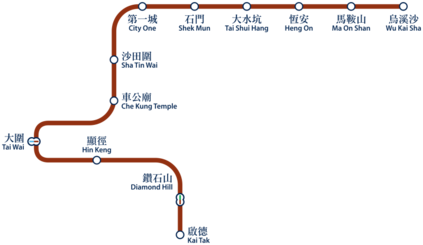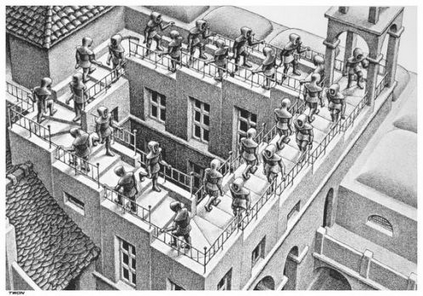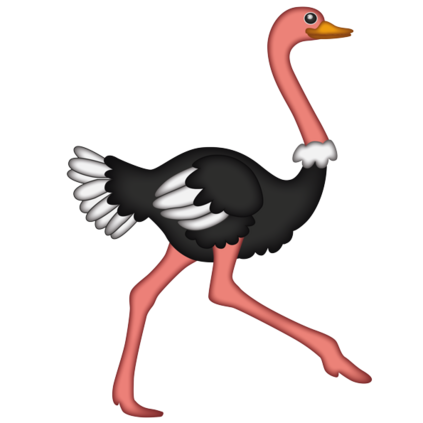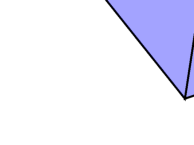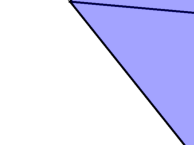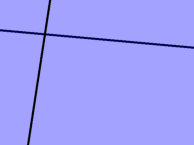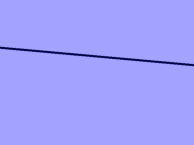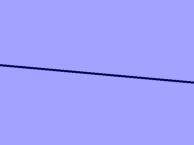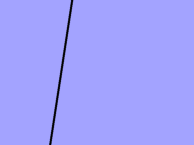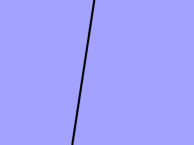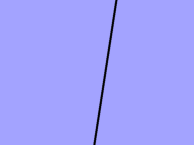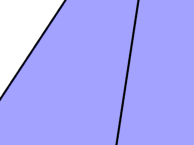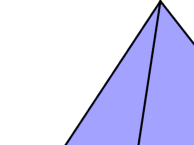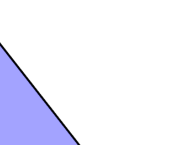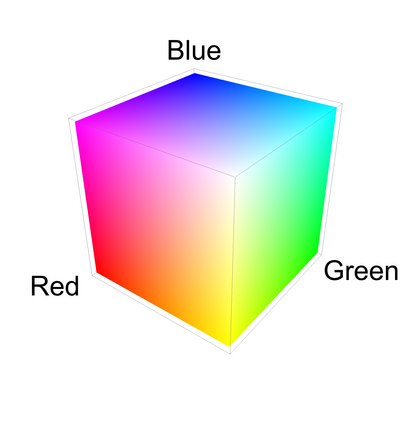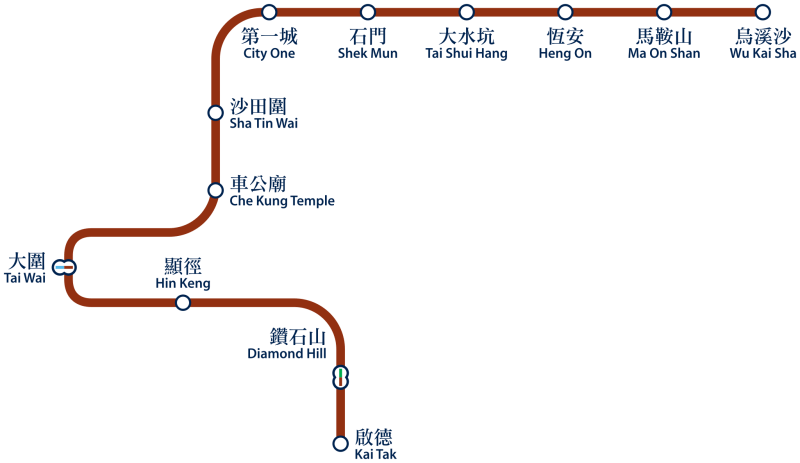This paper concerns the intersection of natural language and the physical space around us in which we live, that we observe and/or imagine things within. Many important features of language have spatial connotations, for example, many prepositions (like in, next to, after, on, etc.) are fundamentally spatial. Space is also a key factor of the meanings of many words/phrases/sentences/text, and space is a, if not the key, context for referencing (e.g. pointing) and embodiment. We propose a mechanism for how space and linguistic structure can be made to interact in a matching compositional fashion. Examples include Cartesian space, subway stations, chesspieces on a chess-board, and Penrose's staircase. The starting point for our construction is the DisCoCat model of compositional natural language meaning, which we relax to accommodate physical space. We address the issue of having multiple agents/objects in a space, including the case that each agent has different capabilities with respect to that space, e.g., the specific moves each chesspiece can make, or the different velocities one may be able to reach. Once our model is in place, we show how inferences drawing from the structure of physical space can be made. We also how how linguistic model of space can interact with other such models related to our senses and/or embodiment, such as the conceptual spaces of colour, taste and smell, resulting in a rich compositional model of meaning that is close to human experience and embodiment in the world.
翻译:本文涉及自然语言与我们周围的自然语言和我们所生活的物理空间的交汇,我们观察和(或)想象其中的事物。语言的许多重要特征具有空间内涵,例如,许多预设(比如,在棋盘上、棋盘上、棋子上、棋盘上等)都具有空间性。空间也是许多词/词句/句子/文字含义的一个关键因素,空间如果不是关键的话,则是参考(例如指点)和化身的关键背景。我们建议了一个机制,用于如何使空间和语言结构以匹配的构成方式相互作用。例如,每个棋盘空间和语言结构的空间空间结构可以用来进行空间互动。例如,每个棋盘上的空间、地铁站、棋盘上的棋子以及Penrose的阶梯。我们建造的起点是DisCat自然语言的模型,我们放松以容纳物理空间。我们处理空间中多个媒介/对象(比如指点)和化身处,包括每个代理人对空间有不同感知觉的能力,例如,每一个棋子的具体移动可以制造模型,或者不同层次结构结构中,我们又如何使我们能够将另一个空间的腐化到另一个空间结构产生。我们如何在空间结构中,我们如何能产生。

